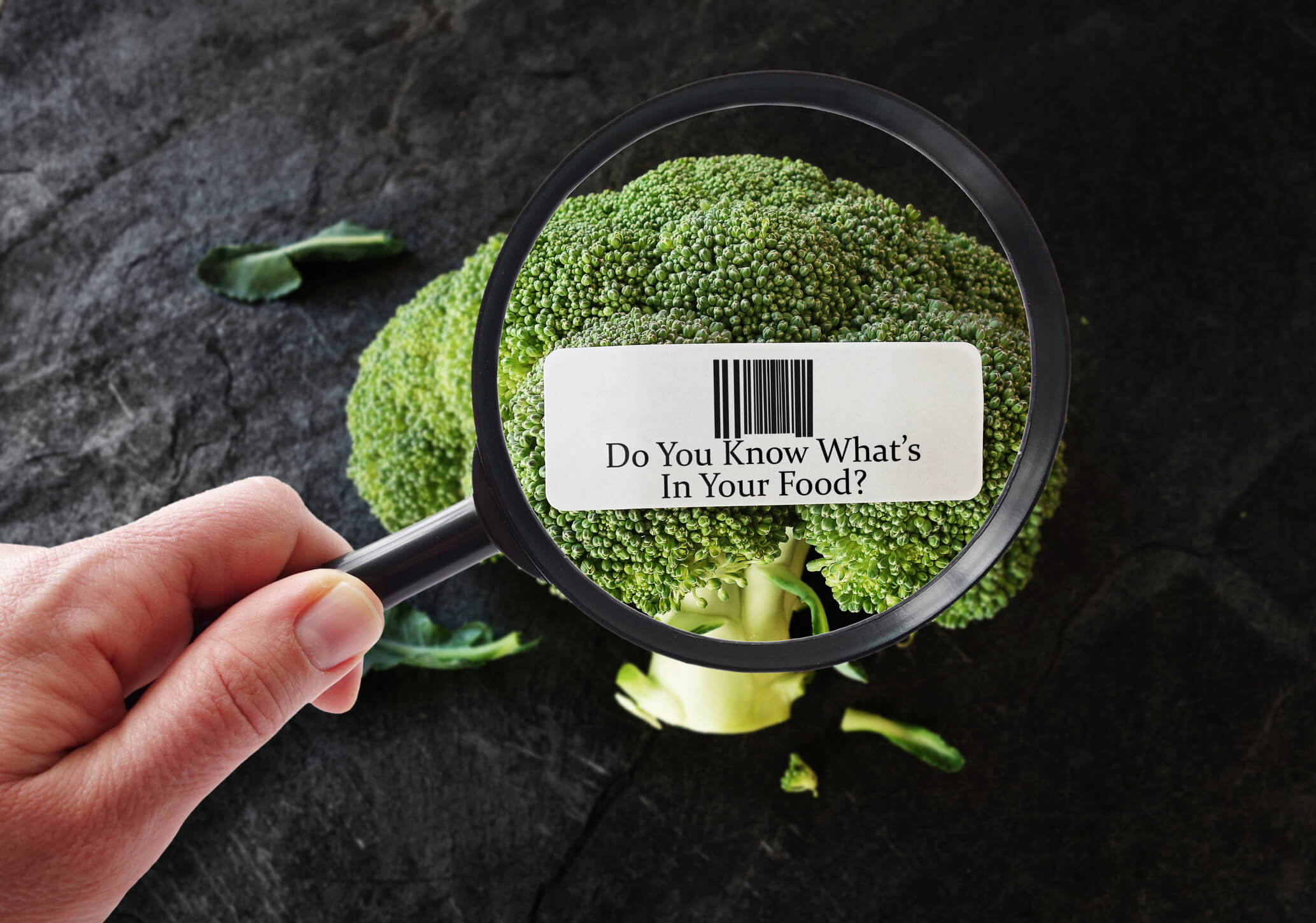
25 Stealth Toxins Ruining Your Health And What You Can Do About It
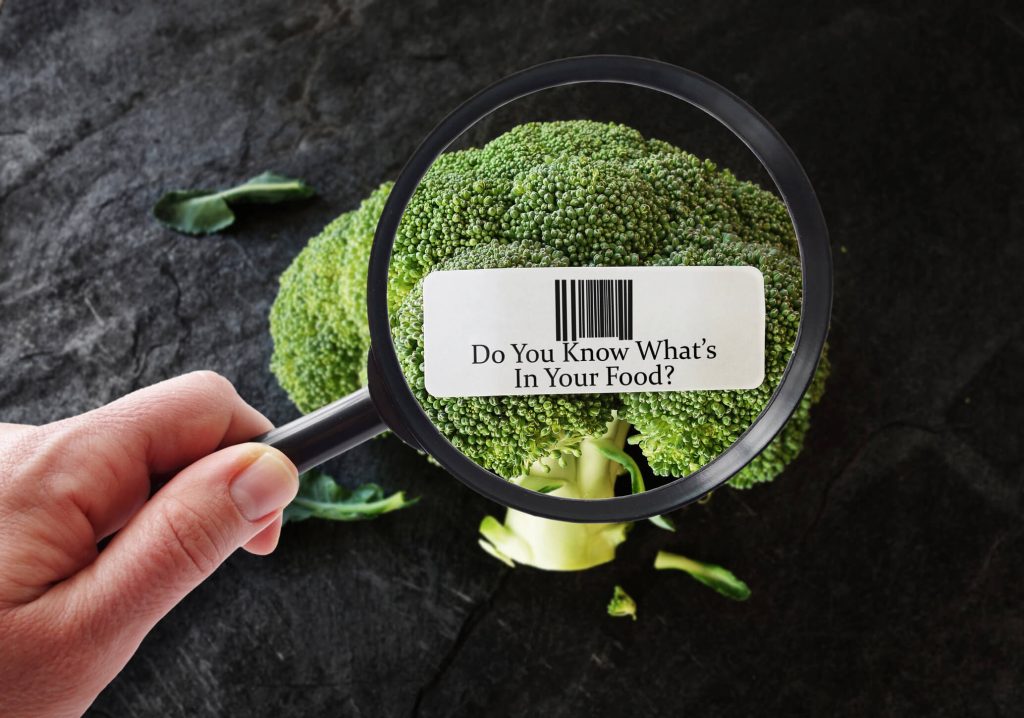

25 Stealth Toxins Ruining Your Health And What You Can Do About It
In this article, you will learn:
- Why toxins play a role in nearly every chronic health condition.
- Little-known sources of toxins that “sneak” their way into healthy lifestyles.
- How to detoxify and remove pollutants on a deep cellular level without harsh cleanses.
We hear a lot of information in the news today about toxins. You can get toxins in the body from various sources such as:
- Heavy metals present in food, cosmetics, etc.
- Pollutants from the air
- Additives and preservatives in food
- Genetically modified foods

We define a toxin as anything that interrupts the optimal metabolic functions of the body. If toxins reach certain levels in our bodies, they become lethal. This is why it’s important to:
- Minimize their exposure from our environment
- And eliminate them from our bodies
Let’s use an example of a common toxin that virtually everybody’s exposed to: chlorine.
Chlorine has been used to kill bacteria in water and it’s been very successful. But after 30 or 40 years of using chlorine, scientists discovered that it’s correlated with cancer risks.
Can chlorine in drinking water be harmful? If you put chlorine next to a bacteria culture, it kills bacteria. So if you are drinking chlorinated water, that chlorine goes into your digestive tract and wipes out both good AND bad bacteria. It’s not differentiating between the two.
Fluoride is another example. It’s present in 99% of toothpaste. Is fluoride toxic? Fluoride can block “T4-T3 hormone conversion,” which is critical for healthy thyroid function.¨
Powermove: Use Powerful Whole House Water Filters
We suggest buying powerful water filters that remove the majority of the key toxins that are found in water. Do your research and choose a filter that removes chlorine and fluoride.
Powermove: Use Fluoride-Free Toothpastes
We suggest using fluoride-free toothpaste and other toxin-free skincare, shampoos, and chemical-free cosmetics.
Additionally, here are some other toxins most people don’t think about regularly:
- Mercury from amalgam fillings, which a lot of people have, can compromise brain chemistry and may cause unnatural cell mutation and brain damage.
- Prescription drugs like antibiotics don’t discriminate between good bacteria and bad bacteria.
Any time you destroy your intestinal flora with antibiotics, two things happen as antibiotics side effects:
- Your digestion is impaired. Your body will struggle to break down and absorb the nutrients from your food.
- Your body loses its primary defenders. Your body becomes vulnerable to viruses, bad bacteria, and other invaders.
25 Sources Of Toxins In Food, Pharmaceuticals, And Life
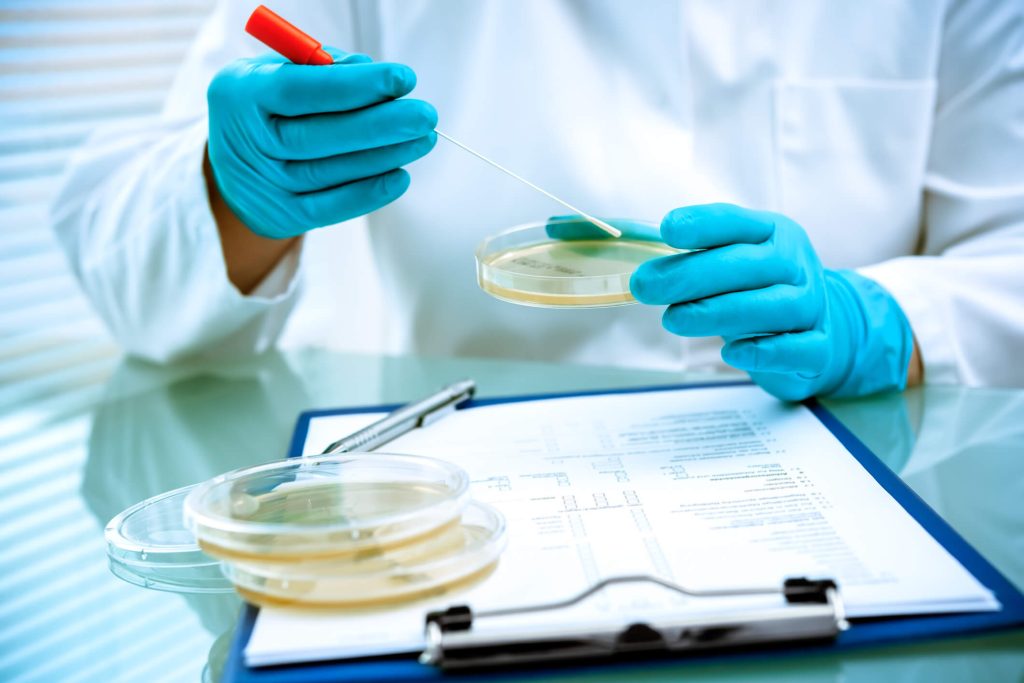
- Heavy Metals In Plants
Heavy metals are present in nature. Therefore, they accumulate in soils and plants interfering with the levels of antioxidants in plants and reducing the nutritive value of the produce.
Certain crops can accumulate heavy metals in their tissues, such as:
- Spinach
- Lettuce
- Carrot
- Radish
- Zucchini
This means the metals cannot be removed by washing or rinsing.
Dietary intake of many heavy metals through the consumption of plants has long-term detrimental effects on human health.
How To Detox Heavy Metals
Powermove: sweat
Saunas and sweating are great ways of removing heavy metals from the body.
2. Pesticides
The most significant negative effects of pesticides come from those that are designed to kill or prevent weeds.
According to the Environment Protection Agency’s (EPA’s) Office of Pesticide Programs, 12 of the most popular pesticides in the United States have ingredients known to cause cancer.
Powermove: Eat Organic
Organic foods have more nutrients and antioxidants than conventionally-grown produce. More importantly, you’ll avoid the toxins in food from pesticides.
3. Pollutants In The Soil
According to Pollution Issues, soil that is not significantly polluted may still harm humans indirectly. One way is by bioaccumulation. Plants that are grown in lightly polluted soil continuously absorb molecules of the pollutants.
Since the plants cannot get rid of these molecules, they accumulate in the plant, causing higher amounts of pollutants in the plant than in the soil. Animals who eat many of these polluted plants take on all the pollution those plants have accumulated. Larger animals who eat the plant-eating animals take on all the pollution from the animals they eat.
Your health is affected if you eat plants or animals with large amounts of soil pollutants or toxins.
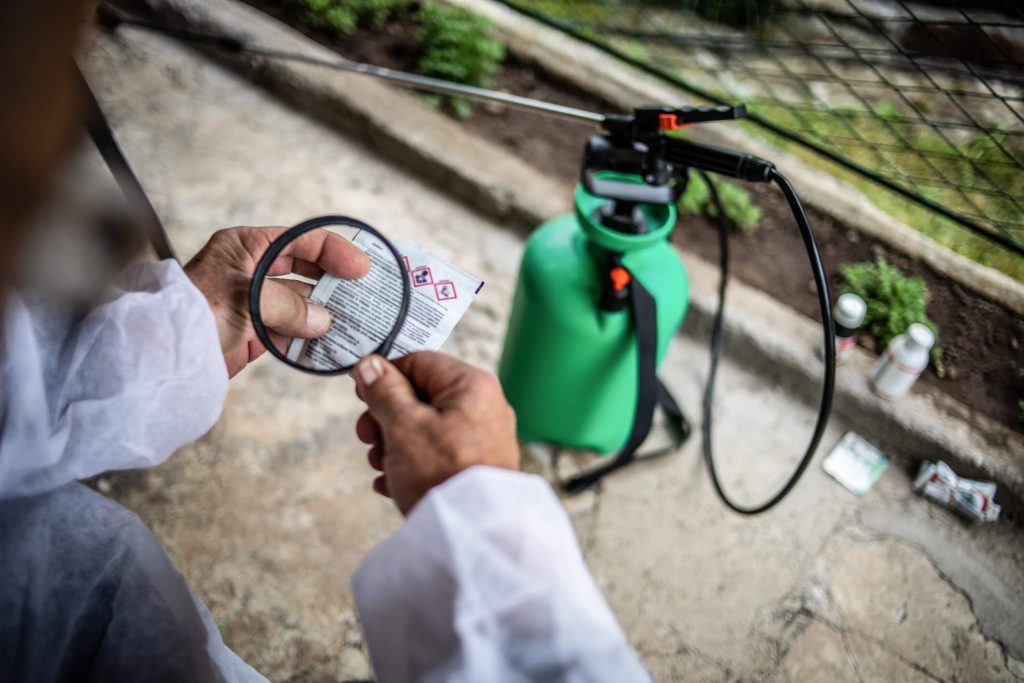
Powermove: Dry Brushing For Lymphatic Drainage
Dry brushing of the skin stimulates the lymphatic system to remove:
- Cell waste
- Environmental toxins
- Pathogenic organisms
Take a natural, soft-bristled brush and start from the extremities (feet and hands) and move toward the center of the body as you brush. Do this before your shower or sauna and then wash off the dead skin.
4. Excess Sugar Intake
What does sugar do to the immune system? Excess sugar depresses immunity. According to studies, consuming about 20 teaspoons of sugar (or the amount present in two average 12-ounce sodas) can suppress the body’s immune responses.
There is a drop in the ability of white blood cells to engulf bacteria by simple sugars such as:
- Glucose
- Table sugar
- Fructose
- Honey
Powermove: Power Walk After A Meal (Especially A Sweet Indulgence)
A quick 10-minute walk, especially after a carbohydrate-rich meal or anything with sugar, will do wonders for your blood sugar.
5. Antibiotics Given To Food Animals
There is an increasing amount of evidence suggesting that the sub-therapeutic use of antibiotics in food animals can pose a health risk to humans. The latter happens as the use of antibiotics results in the development of resistant bacteria that can lead to a life-threatening infection in humans.
Powermove: Only Eat Organic Meat
Organic farmers are not allowed to use antibiotics, so your exposure to antibiotics will be significantly less if you avoid conventional meat.
Powermove: Load Up On Probiotics Supplements When Doing Antibiotics
We’re not saying to completely avoid antibiotics as they can be life-saving in many scenarios.
If you need to take antibiotics, it is beneficial to consume probiotics before, during, and after the course of antibiotics to replenish healthy gut flora levels.
6. Artificial Sweeteners
Do artificial sweeteners raise blood sugar? Artificial sweeteners may disrupt the body’s ability to regulate blood sugar, causing metabolic changes that can be a precursor to diabetes.
Powermove: Consume Natural Sweeteners
There are some really tasty natural sweeteners including:
- Erythritol
- Monk fruit
- Allulose
- Stevia
Use them instead of artificial sweeteners.

7. Food Preservatives, Flavorings, And Colors
More than 3,000 food preservatives, flavorings, colors, and other ingredients do not require testing for estrogenic activity, according to the Food and Drug Administration.
We should be aware of these food additives as they may add to the total effect of estrogen-mimicking compounds we come into contact with.
Powermove: Use Glass
Glass jars contain no chemicals and therefore can be safely washed at high temperatures without harmful chemicals leaching into food, unlike plastic. Use glass or metal containers for your water.
8. Genetically Engineered Food
Genetically engineered food can contain insecticidal proteins that work by poking holes in the insect’s guts. These proteins may poke holes in the human gut, causing inflammation and leaky gut.
Powermove: Use Microbiome Breakthrough®
9. Gluten
Gluten is a sticky protein found in rye, oat, barley, and weed. It can open up the gut barrier and stimulate the immune system. For people with tendencies for autoimmunity or chronic inflammation, it can be a trigger, so it’s beneficial for them to avoid gluten.
10. Artificial Food Coloring
The link between artificial colors and behavioral problems is a concern, especially for parents of children diagnosed with ADHD. Artificial food colors can be toxic, carcinogenic, and contribute to ADHD.
Powermove: Avoid Artificial Color Additives
When purchasing a product, read the label to make sure it does not include artificial colors. The most common are Blue No. 1, Yellow No. 5, and Yellow No. 6.
11. Synthetic Vitamins And Other Nutrients
Even though the chemistry may be identical, there is a significant difference between man-made and natural nutrition. Light passing through a natural vitamin always bends to the right due to its molecular rotation. Synthetic vitamins behave differently.
Moreover, there is always a risk of overconsumption of synthetic nutrients that may result in health issues. For example, vitamin A supplementation may raise the risk of some cancers.
12. Factory Farmed Meat And Dairy
Factory farming means that animals are raised to maximize product yield relative to expense. That means they’re:
- Fed with subsidized crops such as corn and soy, which are heavily sprayed with pesticides and synthetic fertilizers
- Potentially fed with trash food, including expired bakery items and even remains of their fellow animals
- Grown in tight quarters to minimize movement and calorie burn, so they’re not healthy animals and prone to sickness
- Preventatively fed with antibiotics to prevent infections and fatten them
These practices may explain the rise in poor health in America. Also, runoffs from factory farms can contain E. coli, campylobacter, listeria, or other dangerous bacteria that live in the intestinal tracts, flesh, and feces of animals.
Every year in the U.S., there are 75 million cases of food poisoning, and 5,000 of these cases are fatal. The U.S. Department of Agriculture (USDA) reports that 70% of food poisoning is caused by contaminated animal flesh.
Powermove: Eat Grass-Fed Meat/Wild Meat
Grass-fed meat is meat that comes from pasture-raised livestock that eat grass (their natural diet) rather than grains.
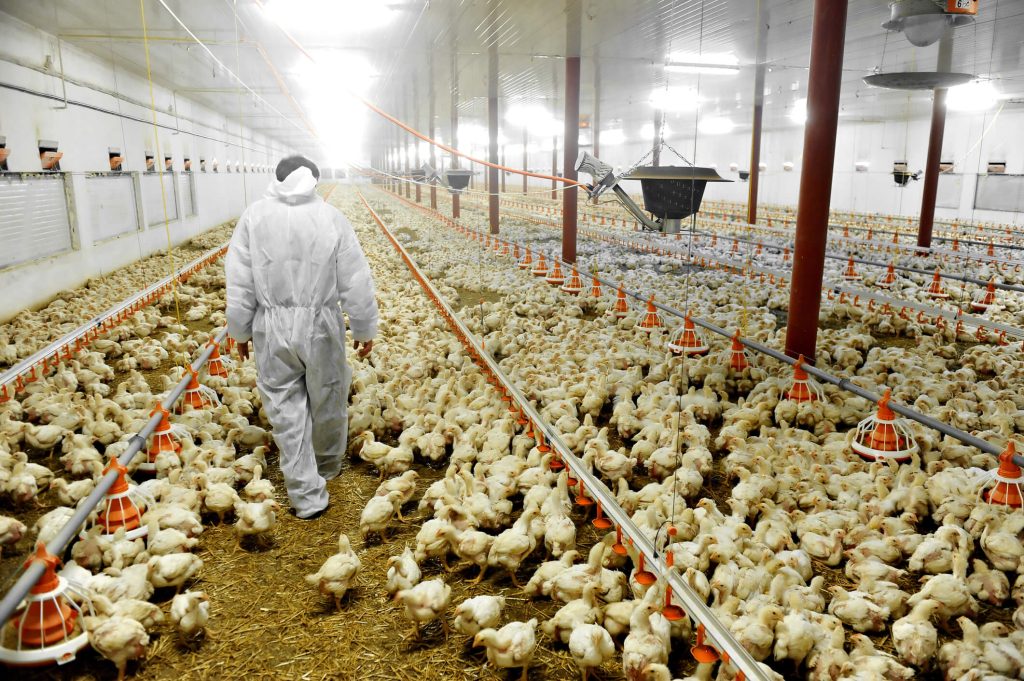
13. Prevalence Of Fecal Matter In Ground Beef
A nationwide study published by the USDA in 1996 found that 78.6% of ground beef contained microbes that are spread primarily by fecal matter. Therefore, eating hamburger meat can make you sick due to food poisoning.
14. Soy Supplements
94% of soybeans are genetically engineered in the U.S., according to the Center for Food Safety. The former makes soybeans the number one genetically engineered food in the world.
All genetically modified soybeans are designed to be “Roundup ready”. That implies that they’re engineered to withstand heavy doses of herbicides that kill any unwanted vegetation, but not the soybean plant itself. The main active ingredient in Roundup, glyphosate, has been labeled as probably carcinogenic to humans.
Genetically engineered soybeans accumulate and absorb high levels of glyphosate, which cannot be removed by rinsing; thereby, raising soybean cancer risk.
Powermove: Avoid Or Minimize Soy
We suggest avoiding or minimizing soy supplements, soy-based foods, soy protein, and soy-fed animals. The only exception would be organic and fermented, probiotic-rich soy foods like tamari, miso, natto, and others.
15. Mercury Found In Fish And Shellfish
Mercury found in fish and shellfish is considered by WHO as one of the top ten chemicals of major public health concern.
Studies show that high mercury exposure induces changes in the central nervous system, potentially resulting in:
- Irritability
- Fatigue
- Behavioral changes
- Tremors
- Headaches
- Hearing and cognitive loss
- Dysarthria
- Incoordination
- Hallucinations
- Death
Powermove: Avoid Farm Fish As Much As Possible
If you’re going to eat sushi, choose wild salmon. For a mercury detox, indulge in frequent sauna sessions.
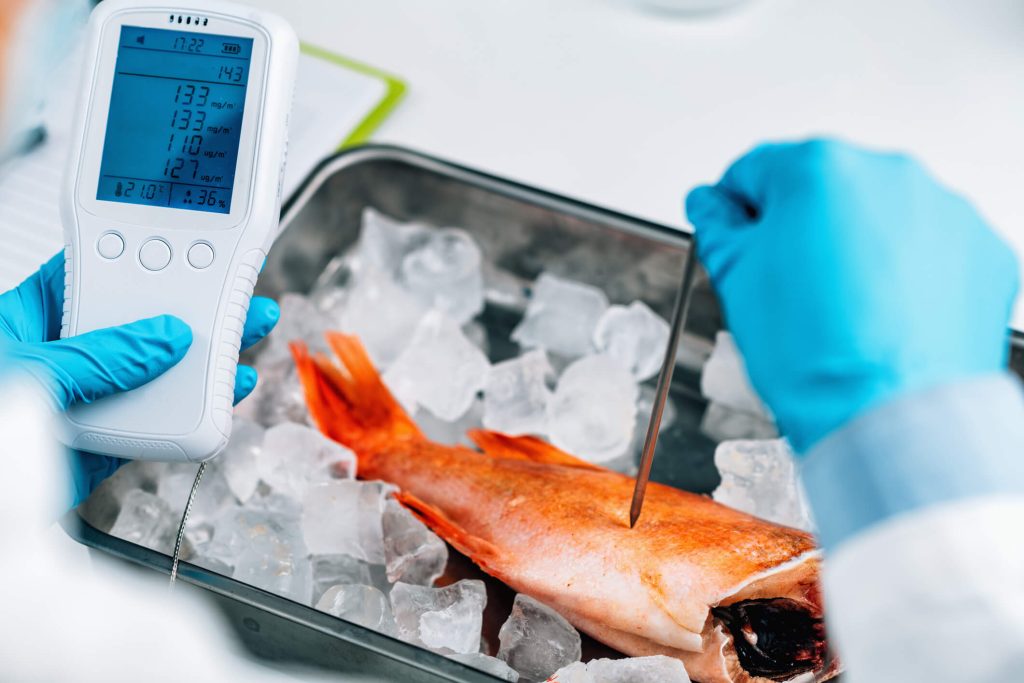
16. Our Drinking Water Can Be Contaminated By Several Sources
Dirty water is the world’s biggest health risk. When water from rain and melting snow runs off roofs and roads into the rivers, it picks up various types of toxins including:
- Toxic chemicals
- Dirt
- Trash
- Disease-carrying organisms
Many of the water resources also lack basic protections, making them vulnerable to pollution from:
- Factory farms
- Industrial plants
- Activities like fracking
- Medication residues from people’s urine
Powermove: Filter Your Water
Add multiple water filters to your house water systems. We suggest adding whole house filters as well as water optimizers for your tap. To learn more go here: www.bioptimizers.com/kangenretailrply.
17. Sunscreen Use
According to the CDC, in 2006 a whopping ¼ of the population was deficient in vitamin D. 8% were “at-risk” for vitamin D deficiency illnesses and 1% had levels that were considered imminently harmful.
What’s causing this epidemic of low vitamin D levels? Does sunscreen cause vitamin D deficiency?
One theory is that we are not outside as much as prior generations. Furthermore, when we are, we slather on the sunscreen which prohibits UVB (the rays responsible for suntans) from penetrating the skin. These same UVB rays naturally produce vitamin D.
Powermove: Get In The Sun
We strongly recommend getting 15-20 minutes of sun every day without sunscreen.
18. Dangerous Chemicals Lurk In Makeup Beauty Products
About 95 chemicals in more than 85,515 beauty products have been linked to:
- Cancer
- Birth defects
- Reproductive harm
Powermove: Use Chemical-Free Cosmetics
Go to ewg.org to look up the products you use and find out if they’re safe. You can also search for low toxin options.
19. Mercury Amalgams
Mercury in amalgams can cause numerous psychological disorders including:
- Borderline personality disorder
- Depression
- Anxiety
- The insanity of all kinds
- Schizophrenia
- Panic attacks
- Obsessive-compulsive disorder (OCD)
Powermove: Get Your Mercury Fillings Replaced
If you have mercury amalgams, get your mercury replaced by a natural or biological dentist. Ceramic or zirconium fillings contain no metals and are generally much healthier options compared to mercury fillings.
20. Overuse Of Antibiotics
Infections we thought we had conquered once and for all are coming back because of a new breed of germs that doctors call “superbugs”. Superbugs are the bacteria that are resistant to almost all antibiotics. This is due to the overuse of antibiotics or antibiotic side effects.
21. Pharmaceutical Drugs
Many drugs can act as toxins in the body and create unwanted side effects including:
- Illnesses
- Toxicity
- Death
Powermove: Start With Natural Solutions
For almost every health issue, a natural solution, supplement, or other modality is usually available. However, it is a good idea to consult with your health practitioner before starting with a natural solution.
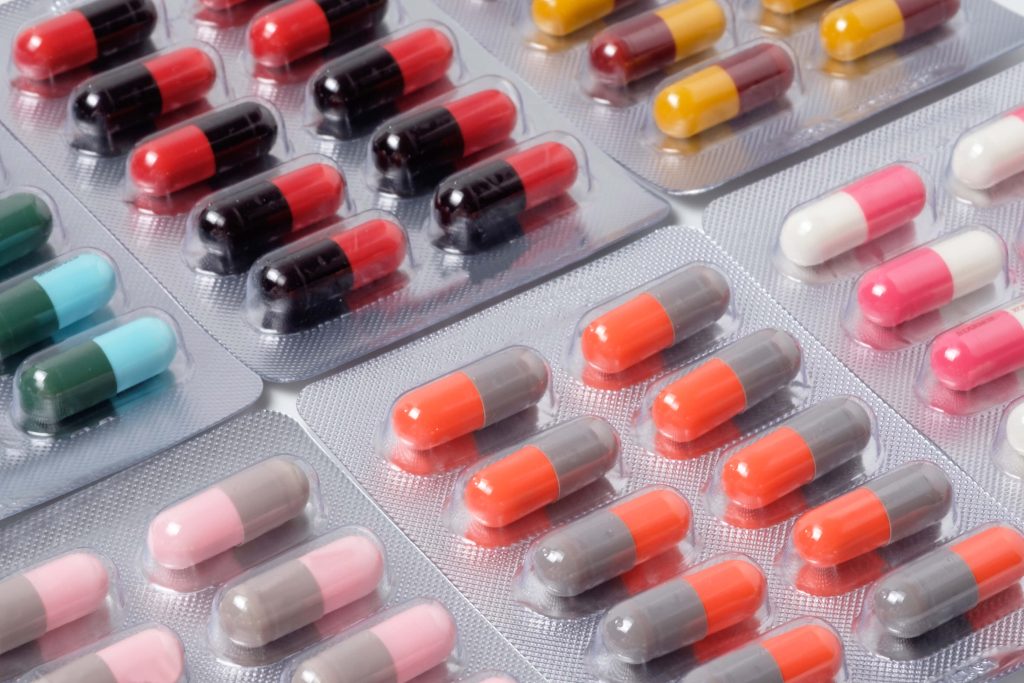
22. Indoor Air Quality
There is mounting evidence that exposure to IAQ (indoor air quality) can cause excessive morbidity and mortality. In the developed world IAQ is the main cause of:
- Allergies
- Other hypersensitivity reactions
- Airway infections
- Cancers
Powermove: Get Air Filters
We suggest using air filters in your bedroom, office, or any other room you spend a lot of time in. There are plenty of high-quality HEPA air filters that are effective and have many air filters benefits.
23. Obesogens
Obesogens are chemicals that may disrupt your body’s naturally occurring metabolic processes and predispose you to gain weight. Obesogens can be found in:
- Common household products
- Cosmetics
- Plastics
- Pesticides
- Foods
- Conventional meat
- Water supply
Obesogens have been linked to:
- Obesity
- Birth defects
- Premature puberty in girls
- Demasculinization in men
- Breast cancer
- Other disorders
Powermove: Reduce Your Exposure To Obesogens
Stay away from chemical-laded cosmetics, water, foods, and beverages.
24. EMF Radiation
EMF radiation affects sleep quality because it reduces the amount of melatonin we produce.
Chronic sleep deprivation can have serious health problems, including:
- Increased risk for stroke
- Obesity
- Diabetes
- Cancer
- Permanent cognitive deficits
- Osteoporosis
- Cardiovascular disease
- Mortality
Powermove: Minimize EMF Radiation
Remove or unplug all electronic devices from your sleeping area or disable their Wi-Fi feature to reduce EMF radiation exposure.
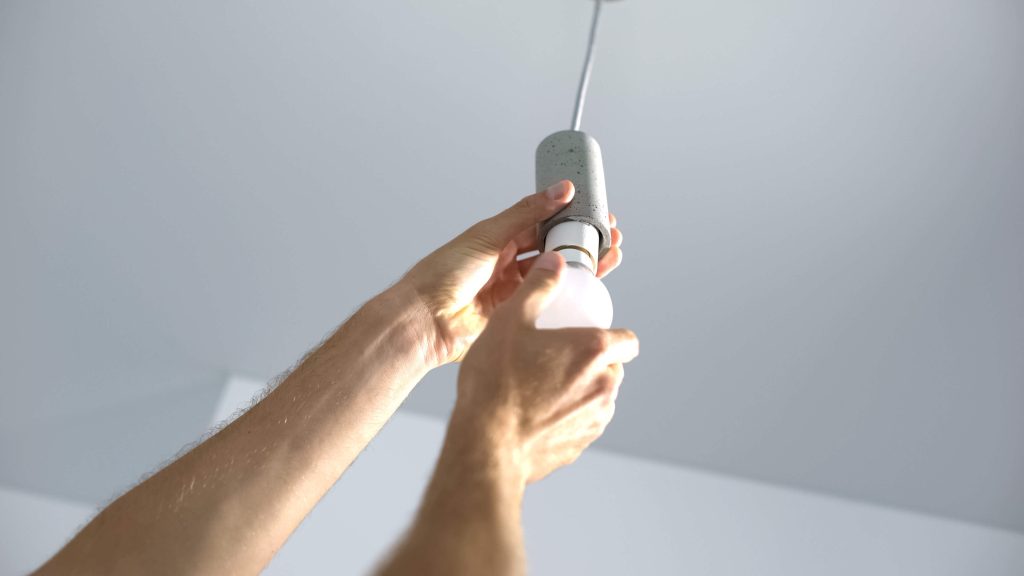
25. Toxic Lighting In Homes
According to a study, the response of healthy skin cells to UV emitted from CFL bulbs is consistent with damage from ultraviolet radiation.
Powermove: Remove Toxic Lighting
Get rid of all the fluorescent lights in your home and office. Opt for full-spectrum light in places where you need traditional lighting and red light for places where you sleep.
Conclusion
To recap, we don’t want you to get lost inside of all the toxins and chemicals, because it’s a negative-based focus. Being aware of the obstacles is important, but overly focusing on the problem or developing paranoid psychology is self-destructive.
References
- Smith AH, Hopenhayn-Rich C, Bates MN, et al. Cancer risks from arsenic in drinking water. Environ Health Perspect. 1992;97:259-267. doi:10.1289/ehp.9297259
- Ge YM, Ning HM, Gu XL, et al. Effects of high fluoride and low iodine on thyroid function in offspring rats. J Integr Agric. 2013;12(3):502-508. doi:10.1016/s2095-3119(13)60251-8
- Fernandes Azevedo B, Barros Furieri L, Peçanha FM, et al. Toxic effects of mercury on the cardiovascular and central nervous systems. J Biomed Biotechnol. 2012;2012:949048. doi:10.1155/2012/949048
- Huggins H, Levy TE. Uninformed Consent: The Hidden Dangers in Dental Care. Hampton Roads Publishing Company; 2014. https://books.google.at/books?id=ePkelycnYAEC
- Intawongse M, Dean JR. Uptake of heavy metals by vegetable plants grown on contaminated soil and their bioavailability in the human gastrointestinal tract. Food Addit Contam. 2006;23(1):36-48. doi:10.1080/02652030500387554
- Sharma RK, Agrawal M. Biological effects of heavy metals: an overview. J Environ Biol. 2005;26(2 Suppl):301-313. Accessed July 15, 2022. https://pubmed.ncbi.nlm.nih.gov/16334259/
- Aktar MW, Sengupta D, Chowdhury A. Impact of pesticides use in agriculture: their benefits and hazards. Interdiscip Toxicol. 2009;2(1):1-12. doi:10.2478/v10102-009-0001-7
- Soil pollution. Everything Connects. Accessed July 15, 2022. https://www.everythingconnects.org/soil-pollution.html
- Healthline.com. Accessed July 15, 2022. https://www.healthline.com/health/dry-brushing.
- Melody G. Harmful effects of excess sugar. Ask Dr Sears. Published August 9, 2013. Accessed July 15, 2022. https://www.askdrsears.com/topics/feeding-eating/family-nutrition/sugar/harmful-effects-excess-sugar.
- Landers TF, Cohen B, Wittum TE, Larson EL. A review of antibiotic use in food animals: perspective, policy, and potential. Public Health Rep. 2012;127(1):4-22. doi:10.1177/003335491212700103
- Suez J, Korem T, Zeevi D, et al. Artificial sweeteners induce glucose intolerance by altering the gut microbiota. Nature. 2014;514(7521):181-186. doi:10.1038/nature13793
- Amadasi A, Mozzarelli A, Meda C, Maggi A, Cozzini P. Identification of xenoestrogens in food additives by an integrated in silico and in vitro approach. Chem Res Toxicol. 2009;22(1):52-63. doi:10.1021/tx800048m
- Genetically engineered food alters our digestive systems! Anh-usa.org. Accessed July 15, 2022. https://anh-usa.org/genetically-engineered-food-alters-our-digestive-systems/
- Arnold LE, Lofthouse N, Hurt E. Artificial food colors and attention-deficit/hyperactivity symptoms: conclusions to dye for. Neurotherapeutics. 2012;9(3):599-609. doi:10.1007/s13311-012-0133-x
- Understand the difference between synthetic and whole food supplementation. Drhansenchiropractic.com. Accessed July 15, 2022. https://www.drhansenchiropractic.com/blog/9023-understand-the-difference-between-synthetic-and-whole-food-supplementation
- Gansheroff LJ, O’Brien AD. Escherichia coli O157:H7 in beef cattle presented for slaughter in the U.S.: higher prevalence rates than previously estimated. Proc Natl Acad Sci U S A. 2000;97(7):2959-2961. doi:10.1073/pnas.97.7.2959
- Hedberg C. Food-related illness and death in the United States. Emerg Infect Dis. 1999;5(6):840-841. doi:10.3201/eid0506.990624
- Bøhn T, Cuhra M, Traavik T, Sanden M, Fagan J, Primicerio R. Compositional differences in soybeans on the market: glyphosate accumulates in Roundup Ready GM soybeans. Food Chem. 2014;153:207-215. doi:10.1016/j.foodchem.2013.12.054
- Simon S. Soy and cancer risk: Our expert’s advice. American Cancer Society. Published April 29, 2019. Accessed July 15, 2022. https://www.cancer.org/latest-news/soy-and-cancer-risk-our-experts-advice.html
- Mercury and health. Who.int. Accessed July 15, 2022. https://www.who.int/news-room/fact-sheets/detail/mercury-and-health
- Water pollution. NRDC. Accessed July 15, 2022. https://www.nrdc.org/issues/water-pollution
- Products – data briefs – number 59 – march 2011. Cdc.gov. Published June 10, 2019. Accessed July 15, 2022. https://www.cdc.gov/nchs/products/databriefs/db59.htm
- Vitamin D deficiency and depression. Psychology Today. Accessed July 15, 2022. https://www.psychologytoday.com/ca/blog/reading-between-the-headlines/201307/vitamin-d-deficiency-and-depression
- Bergfeld WF, Belsito DV, Marks JG Jr, Andersen FA. Safety of ingredients used in cosmetics. J Am Acad Dermatol. 2005;52(1):125-132. doi:10.1016/j.jaad.2004.07.066
- Huggins HA. It’s All in Your Head: Link between Mercury Amalgams and Illness. Avery Publishing Group; 1993.
- Leung R. Super-resistant superbugs. CBS News. Published April 30, 2004. Accessed July 15, 2022. https://www.cbsnews.com/news/super-resistant-superbugs/
- Seagrave Z, Bamba S. Adverse drug reactions. Dis Mon. 2017;63(2):49-53. doi:10.1016/j.disamonth.2016.09.006
- Sundell J. On the history of indoor air quality and health. Indoor Air. 2004;14 Suppl 7(s7):51-58. doi:10.1111/j.1600-0668.2004.00273.x
- Darbre PD. Endocrine disruptors and obesity. Curr Obes Rep. 2017;6(1):18-27. doi:10.1007/s13679-017-0240-4
- Halgamuge MN. Pineal melatonin level disruption in humans due to electromagnetic fields and ICNIRP limits. Radiat Prot Dosimetry. 2013;154(4):405-416. doi:10.1093/rpd/ncs255
- Abrams RM. Sleep deprivation. Obstet Gynecol Clin North Am. 2015;42(3):493-506. doi:10.1016/j.ogc.2015.05.013
